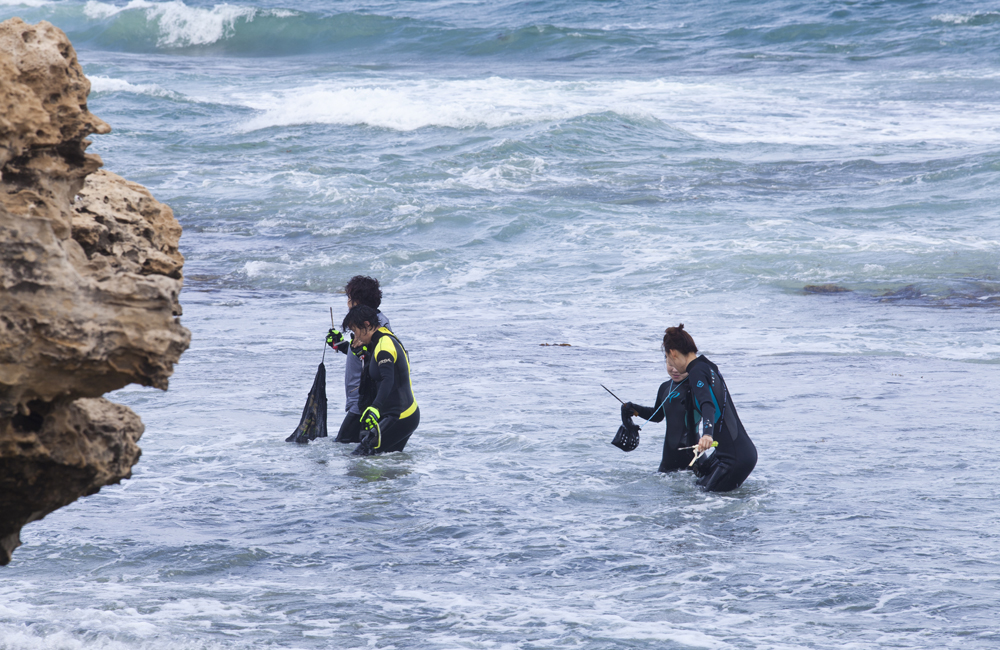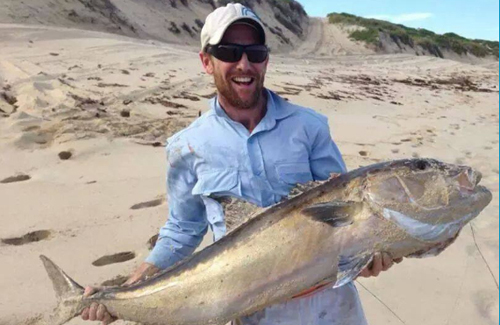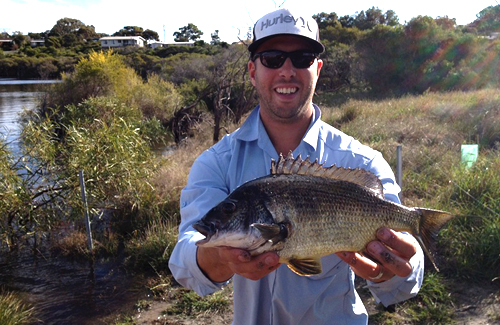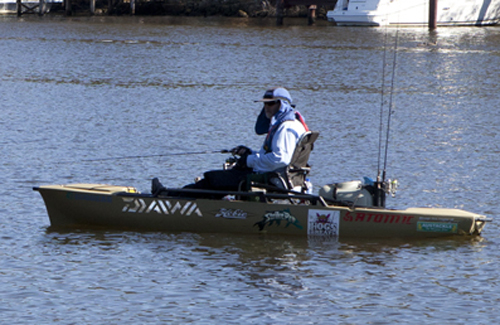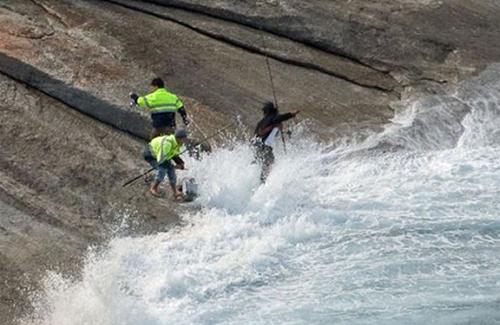
Fishing from the boat is an extremely popular way for fishers to enjoy Western Australia’s coast line and all it has to offer. Before you hit the water, ensure you know everything you need to know about safety equipment, including what you must have on board, how to use it, how to stow it and how to keep it maintained. Visit this page for more info.
Don’t forget these tips when boat fishing:

Know the conditions
Make sure you are aware of local weather, swell and tidal conditions before going fishing. Once at a fishing location take time to observe the current conditions, they may be different to those predicted or may be changing.
For more on conditions, see bom.gov.au

Clothing
Try to wear light clothing; this will make it easier to swim if you are washed in. Jumpers and thick cotton clothing become very heavy when wet, impeding swimming and can be difficult to take off quickly.
For warm weather:
Because of the harmful effects of the sun and its ability to cause skin cancer, it is a good idea to wear a high SPF sunscreen as well as a hat and protective clothing with long sleeves and light colours to reflect sunlight. Because UV rays from sunlight can harm your eyes, it is a good idea to wear sunglasses. In addition to sun protection, polarized sunglasses can reduce the glare from sunlight reflecting off the water’s surface, allowing you to see beneath the surface of the water to spot fish, even on sunny days.
For cold weather:
In cold weather it is very easy to lose body heat. Long, warm clothes that cover as much body surface as possible and beanies or hats can help retain this body heat. In cold weather gloves can also help to keep you warm and you can purchase lightweight rubber gloves or finger-less gloves that allow you to handle tackle and stay warm. If rain is likely it is important to bring waterproof (not just water resistant) gear such as a jacket with a hood and/or waterproof pants.

Wear a personal floatation device
For the past 24 months Recfishwest has been running the Free Loan Life Jacket Scheme, where local outlets loan Life Jackets free of charge to the public. There are currently 17 locations around WA ranging from Esperance to Carnarvon.
Compact and comfortable to wear, the Crewsaver Crewfit 165 Sport Lifejacket is our recommendation for boat fishers.
A list of Lifejacket loan locations can be found in the footer of our website.

Know how to swim
There are many situations where as a fisher you might be required to swim during the course of your fishing activities; either for recreation or in an emergency. If you fish, you should know how to swim for your own safety. If you are a poor swimmer it is best to wear a Personal Flotation Devices (PFD) and have an experienced swimmer with you at all times.
For more on learn how to swim, see royallifesaving.com.au
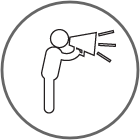
Tell someone your plans
It is always a good idea to let a responsible person know where you will be fishing and what time you plan on returning. Also never fish alone, fishing with a friend or family will allow you look out for each other and help each other in an emergency, it’s also great fun! In case of a boating emergency, please see this page.

Shark sightings
Please report all shark sightings directly to the Water Police on 9442 8600. This number is staffed 24 hours, seven days a week and will activate any required response.
Keep informed of the latest reported sighting and tagged shark detection information by checking the Shark Activity Map or follow the Surf Life Saving WA twitter feed @SLSWA. The Shark Activity Map provides beach users with ‘real time’ information on reported sightings and tagged shark detections, as well as access to Surf Life Saving WA’s twitter feed and current alerts and warnings issued by the Department of Fisheries. Remember the map shows available information – not all sharks are tagged, or sightings reported, so be Sharksmart when using the water.
People are asked to refrain from phoning rangers direct for updates as these phone lines need to be available to coordinate shark sighting response activities.
For more information about shark sighting response plans and procedures as well as shark safety tips visit the Sharksmart website.

